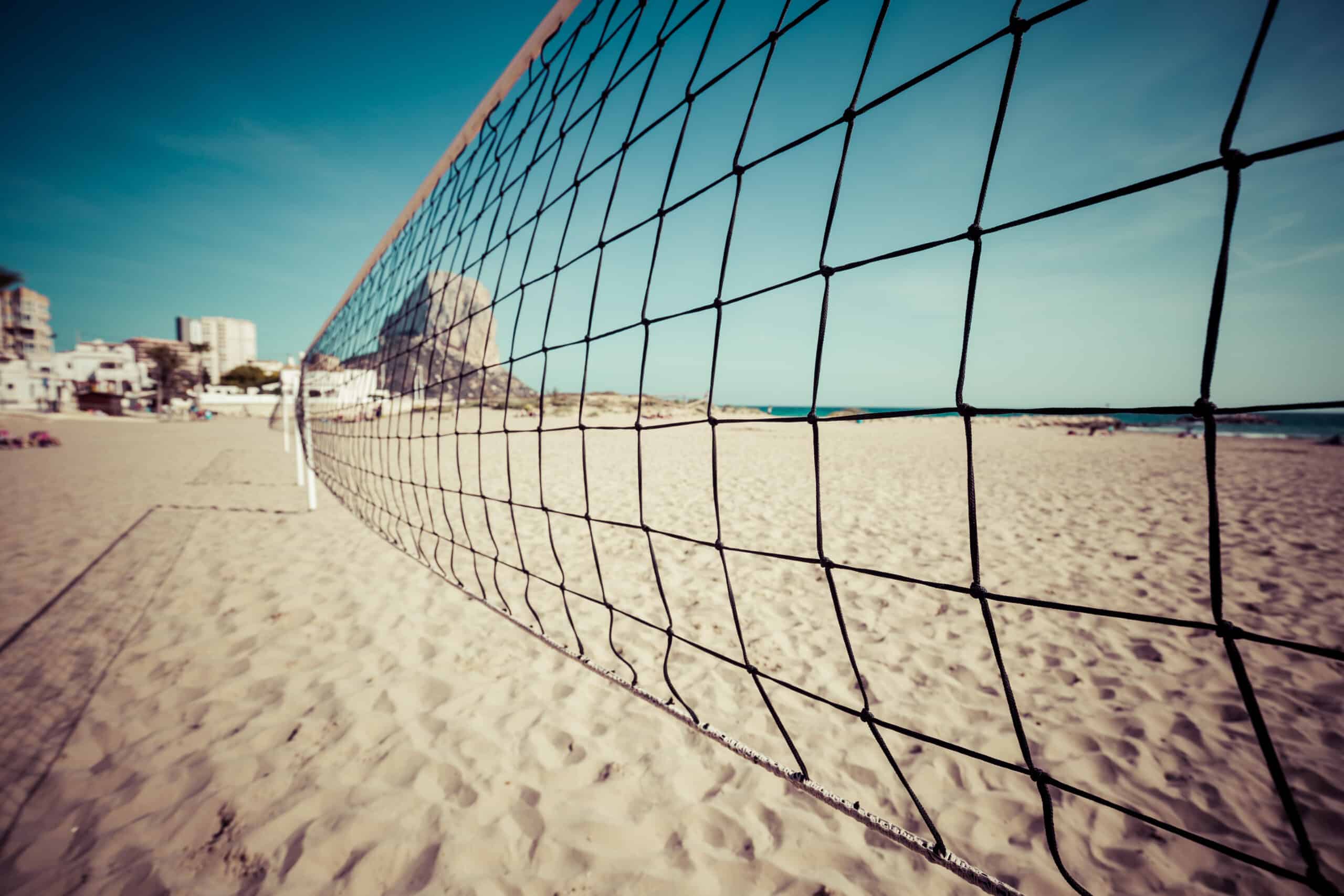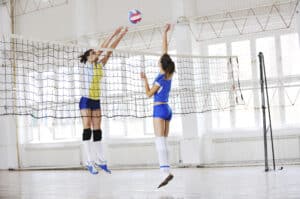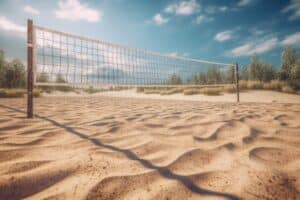How many tons of sand do you need for a volleyball court?
Key Takeaways
- The standard amount of sand needed for a volleyball court is approximately 80-100 tons.
- A 60×30 feet volleyball court requires a depth of 12 inches for optimal player safety and performance.
- A formula provided by BeVolleyAcademy.com can be used to calculate the exact amount of sand needed based on specific court dimensions and desired depth.
When building a volleyball court, one crucial element that needs to be considered is the amount of sand required. Sand provides the necessary cushioning and stability for players to move and dive safely during a game. The standard amount of sand needed for a volleyball court can vary depending on the size of the court and the desired depth. Let’s explore the information available to determine the approximate amount of sand required.
Source 1: Volleyball.com
In an article on Volleyball.com titled “Build a Volleyball Court,” the standard amount of sand for a volleyball court is not explicitly mentioned. It doesn’t provide specific information on the quantity of sand required. Therefore, we’ll move on to the next source for more details.
Source 2: CourtsDimensions.com
CourtsDimensions.com provides a step-by-step guide on “How to Build a Sand Volleyball Court.” According to this source, for a standard 60×30 feet volleyball court, approximately 80-100 tons of sand are needed to achieve a depth of 12 inches. This depth ensures optimal player safety and performance on the court.
Source 3: BeVolleyAcademy.com
BeVolleyAcademy.com offers insights on building a regulation sand volleyball court. They provide a formula to calculate the amount of sand needed. The formula is as follows: (length x width x depth in feet divided by 27 to calculate the volume in yardage) x 1.6 gives you the total tonnage. This formula allows for customization based on the specific court dimensions and desired depth.
Conclusion:
Considering the information from the above sources, we can conclude that the standard amount of sand needed for a volleyball court is approximately 80-100 tons. This estimation is based on a court size of 60×30 feet and a desired depth of 12 inches. However, it’s important to note that these figures may vary depending on individual preferences and regulations.
Related Websites:
FAQs:
Q: Why is the right type of sand important for a volleyball court?
The right type of sand is important for a volleyball court because it provides the ideal playing surface. The sand should be clean, finely graded, and have a low clay and silt content. This type of sand allows for proper drainage, reduces the risk of injuries, and ensures consistent ball movement.
Q: What factors affect the amount of sand needed for a volleyball court?
The amount of sand needed for a volleyball court is influenced by several factors. These include the size of the court, desired sand depth, and the compaction and settling of the sand over time. Larger courts and deeper sand depths will require more sand, while compaction and settling may decrease the volume over time.
Q: How can I calculate the amount of sand required for a volleyball court?
Calculating the amount of sand required for a volleyball court is a straightforward process. First, measure the length and width of the court. Then determine the desired sand depth. Multiply the length, width, and depth measurements to find the total volume. Finally, convert the volume to tons using a sand density chart or conversion factors.
Q: Can you provide an example calculation for estimating the amount of sand needed?
Sure! Let’s say you have a volleyball court that is 30 feet in length and 15 feet in width, and you want a sand depth of 1 foot. To calculate the amount of sand needed, multiply 30 (length) by 15 (width) by 1 (depth) to get a volume of 450 cubic feet. Next, convert the volume to tons using a sand density chart or conversion factors specific to the type of sand you are using.
Q: Are there any considerations or adjustments to the calculated sand quantity?
Yes, there are a few considerations and adjustments to keep in mind. Over time, the sand may compact and settle, so it’s advisable to account for this by adding some extra sand. Additionally, personal preference or the level of play may require more or less sand. It’s important to regularly assess the condition of the court and make adjustments as needed.






